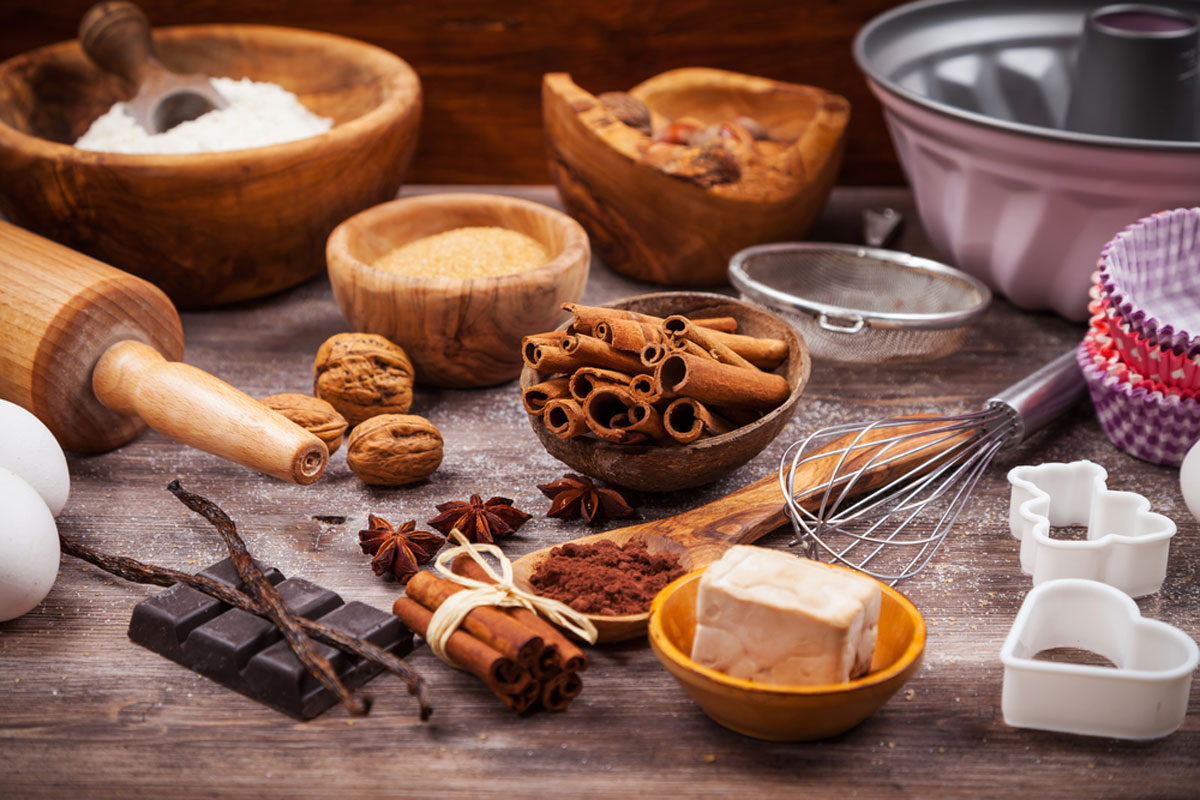Baking cookies is as much an art as it is a science. But what happens when you’re out of an ingredient, catering to dietary restrictions, or just looking to experiment? The good news is that you can substitute many common cookie ingredients without sacrificing flavor or texture. Here’s a handy guide to help you bake your best cookies, even when you need to make some swaps!
1. Flour Substitutes
If you’re short on all-purpose flour or catering to a gluten-free crowd, try these alternatives:
- Almond Flour: Great for a nutty flavor, but use less since it doesn’t absorb liquid the same way.
- Oat Flour: Adds a chewy texture and pairs wonderfully with oatmeal or chocolate chip cookies.
- Gluten-Free All-Purpose Mix: A 1:1 replacement that’s closest to traditional flour.
Pro Tip: Add a binding agent like xanthan gum if using gluten-free flours to maintain structure.
2. Sugar Swaps
Sweetness is key to cookies, but you can change things up without compromising taste:
- Brown Sugar: Adds moisture and a caramel flavor; perfect for chewy cookies.
- Coconut Sugar: A healthier option with a subtle hint of caramel.
- Maple Syrup or Honey: Substitute ¾ cup for every 1 cup of sugar, but reduce other liquids in the recipe.
Pro Tip: Avoid granulated sugar replacements like stevia unless they’re designed for baking.
3. Butter Alternatives
Whether you’re out of butter or avoiding dairy, these substitutes work wonders:
- Coconut Oil: Provides richness; use 1:1, but expect a slight coconut flavor.
- Applesauce: A low-fat option; replace half the butter with applesauce for softer cookies.
- Vegan Butter: A great 1:1 alternative for plant-based baking.
Pro Tip: For extra crispiness, stick with fats like oil or vegan butter instead of fruit purees.
4. Egg Replacements
No eggs? No problem! Try these swaps:
- Flaxseed Meal: Mix 1 tablespoon of flaxseed with 2.5 tablespoons of water for each egg.
- Applesauce or Mashed Banana: ¼ cup replaces one egg, adding moisture and sweetness.
- Aquafaba: The liquid from canned chickpeas works surprisingly well as an egg white substitute.
Pro Tip: When replacing eggs, expect a slightly denser cookie unless you’re adding extra leavening agents.
5. Chocolate Chip Alternatives
Run out of chocolate chips? Get creative with these tasty options:
- Chopped Chocolate Bars: They melt beautifully and give varied sizes of chocolate in each bite.
- Dried Fruit: Raisins, cranberries, or chopped dates add natural sweetness and chewiness.
- Nuts and Seeds: Add crunch with walnuts, pecans, or sunflower seeds.
Pro Tip: Combine substitutions, like chocolate chunks and nuts, for a balanced flavor and texture.
6. Baking Powder and Soda Adjustments
These leavening agents are crucial, but here’s what to do if you’re out:
- Baking Powder: Use 1 teaspoon of baking soda + 2 teaspoons of cream of tartar.
- Baking Soda: Use 3 teaspoons of baking powder to replace 1 teaspoon of baking soda.
Pro Tip: Ensure your replacements are fresh; old baking soda or powder won’t give your cookies a proper rise.
7. Milk Substitutes
Milk adds moisture, but these options work just as well:
- Plant-Based Milks: Almond, soy, or oat milk are great 1:1 substitutes.
- Water: Works in a pinch, but add a touch of extra fat for richness.
- Yogurt: Thicker than milk but adds moisture and tang; dilute with water if needed.
Pro Tip: For creamier results, opt for full-fat plant-based milks.
Final Thoughts
Substituting ingredients in cookie recipes doesn’t have to mean sacrificing flavor. By understanding how each ingredient functions and experimenting with creative swaps, you can still bake delicious cookies that meet your needs. Who knows? You might even stumble upon a new favorite recipe along the way!

